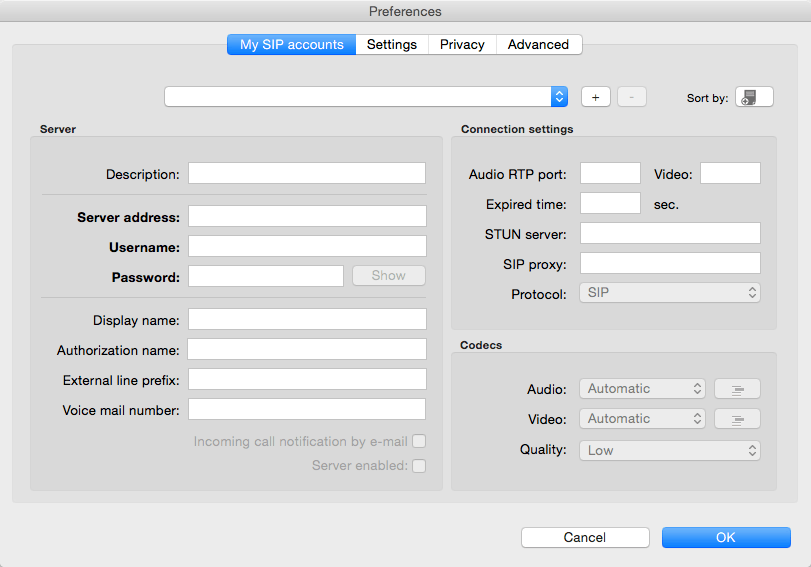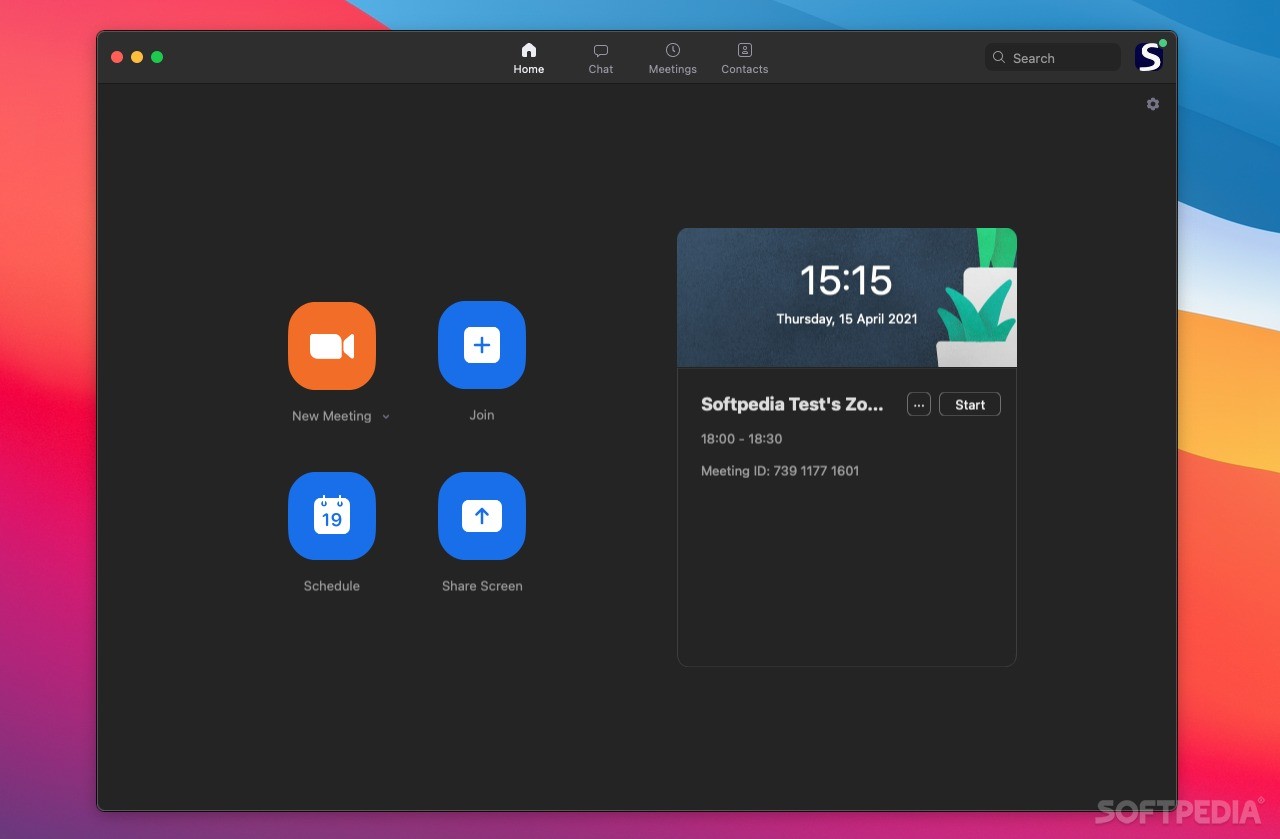
They cannot be used properly, it is difficult to use them, or they require too much technical knowledge or they are Wrapped COM objects.Īs the result of my search, I found the solution offered by Ozeki. Most of the SDKs available on the Internet do not meet the above requirements. In the second phase of my experiment, I was looking for outside components that give complex solution for treating SIP protocol. That was the point when I decided to give up using my own written components to realize the required application. I was working on the first problem when I found a SIP guide called "A Hitchhiker's Guide to the Session Initiation Protocol". This fact would make the standardized use difficult. There are fine SDP implementations available on the Internet but the RTP implementations also include network communication.
#Isoftphone. software
Since only two fifth of this software architecture was ready, I started to search for components on the Internet. Then, as a consequence, the following software architecture was imagined: The other problem was that the SDP protocol that is for the reconciliation of the media was missing or waiting for implementation, and the RTP Protocols that are responsible for the media communication were missing, as well. Until this point, I could go on easily and quickly but then I had to face two problems: Once the invite messages that arrived in certain situations had no effects. After that, I successfully establish a call on INVITE level. It started with the minimal implementation of SIP protocol, then I developed the minimal representation of SIP messages (in other words, I developed the SIP Headers that are included in an average SIP Message just like Via, Contact, From, To, Call-ID). In the first phase of my experiment, I decided to write an own Softphone. The communication process is built up by using SIP, SDP then RTP protocols. RTP (Transport Protocol for Real-Time Applications) defines the delivery of mediadata.

SDP (Session Description Protocol) is used for describing multimedia communication sessions.

So after the design decision it was obvious to use SIP, SDP, RTP and RTCP protocols: SIP (Session Initiation Protocol) is used creating sessions between the parties. Detailed comparisons have also dealt with this topic. Moreover, the SIP protocol does not inherit anything from the features of PSTN network. I decided to use the SIP protocol because it is easy to implement and the understanding of communication processes is also easier. Both protocols are capable of creating audio-visual communication between the participants with the use of other protocols. The two essential protocols of VoIP calls are SIP and the H323 protocol. NET technologies, the use of C# programming language and easy obfuscation.
#Isoftphone. code
The used code should support the latest stable. Because of these facts, I decided to build my own VoIP telephone application based on the following knowledge and requirements: One of the possible use patterns of these VoIP solutions is the build of a simple Internet telephony program. You can find VoIP solutions in more and more fields. The fast spread of Voice over IP (VoIP) technology can be sharply predicted today.


 0 kommentar(er)
0 kommentar(er)
